Polartec now produces summertime fabrics seen here
DELTA shirt that’s great for warm weather
Green
Dark Blue
Dark Gray
short-sleeved shirt in olive green

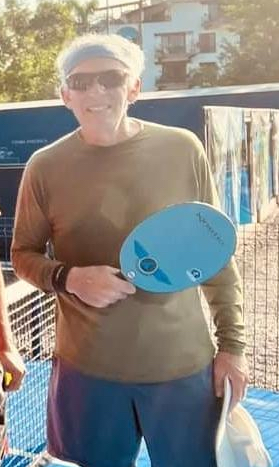
This long-sleeve shirt works great for Pickleball.
Polartec now produces summertime fabrics seen here
DELTA shirt that’s great for warm weather
Green
Dark Blue
Dark Gray
short-sleeved shirt in olive green


This long-sleeve shirt works great for Pickleball.
12 years ago Patricia Ama and I shared Royal African Culture with Foxwear. What better way to express our love of diversity? Following are pictures of this adventure.
African clothes made here now in 2022 For sale at $60 each
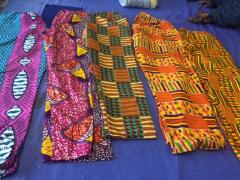
A brief history of Ama’s Royal African Culture work in Salmon.

Upon getting USA citizenship 12 years ago, teaching W African cooking was great fun.

Idaho teachers heard Ama was living in our community and so she was invited to give these youngsters a glimpse of the world they couldn’t even imagine.
Next came using our industrial sewing machines for African styles using African fabric.

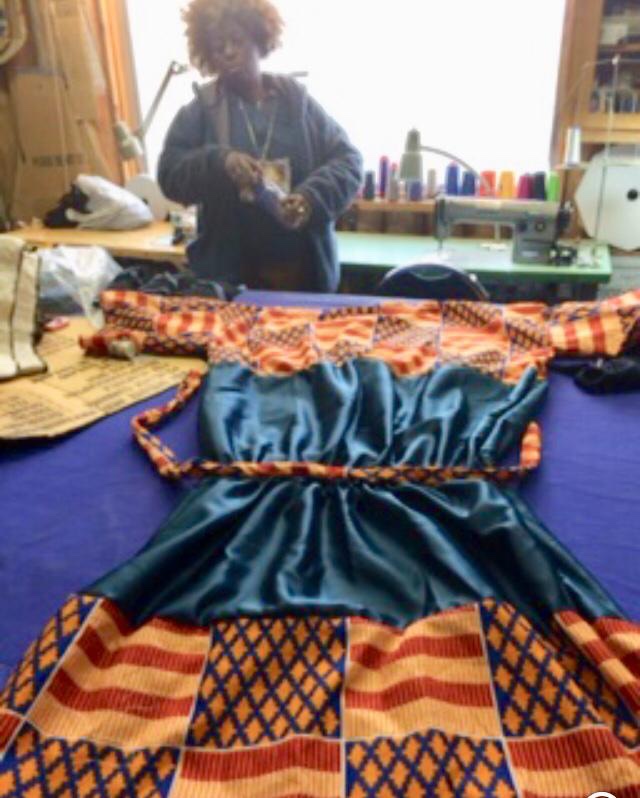
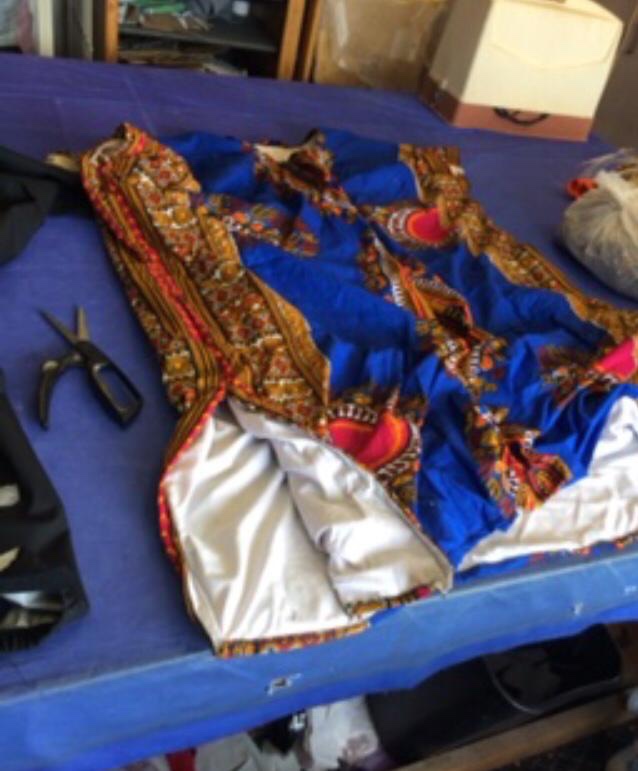
A few customers called after discovering us on the Internet.
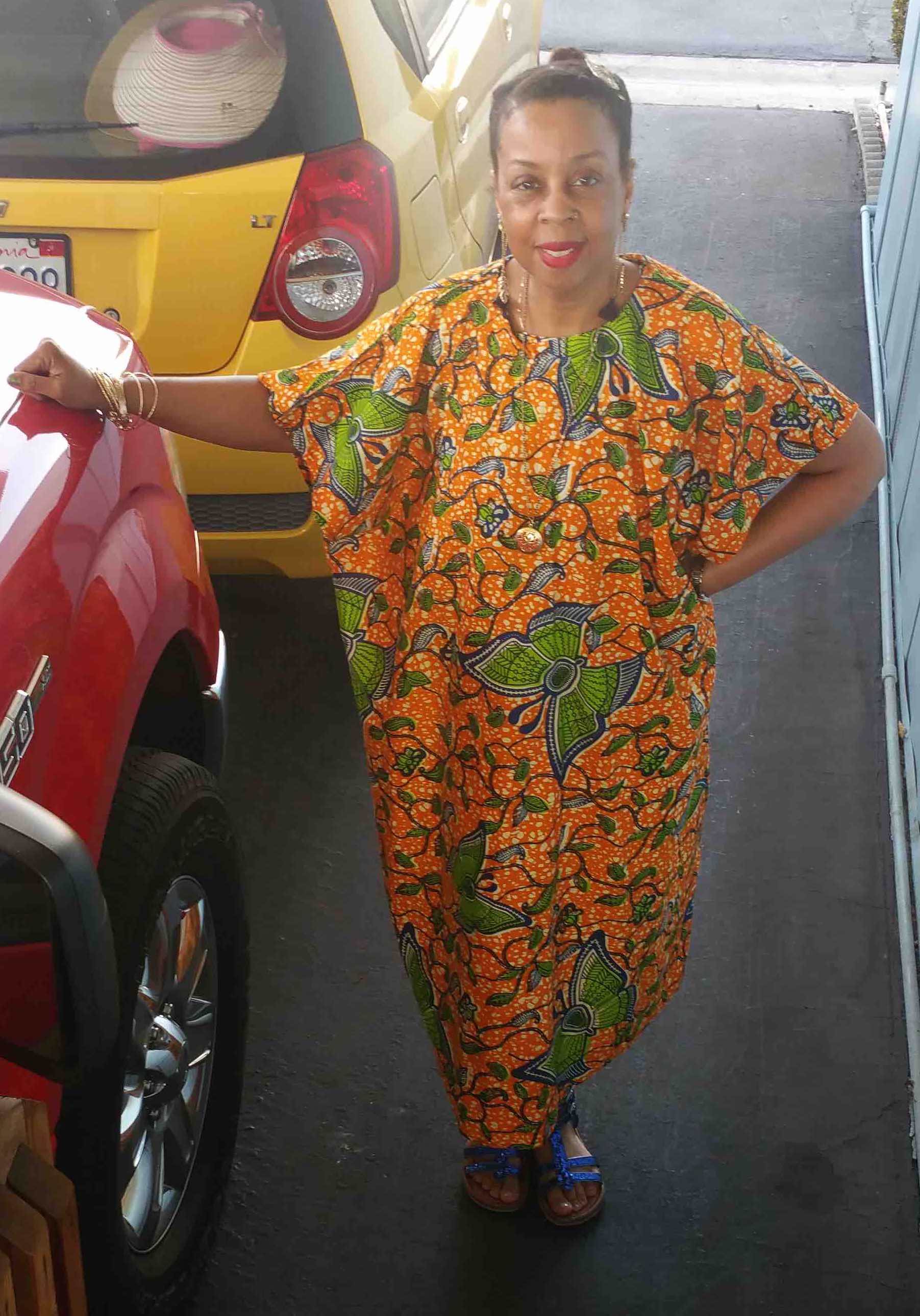
We introduced Ama’s creations to people visiting fairs in Salmon Idaho and Western Montana. People needing diversity were overjoyed.

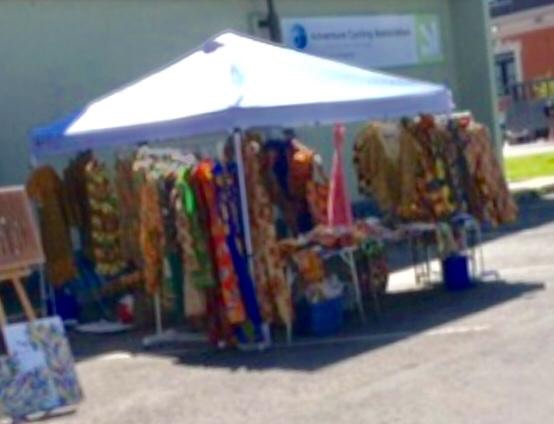
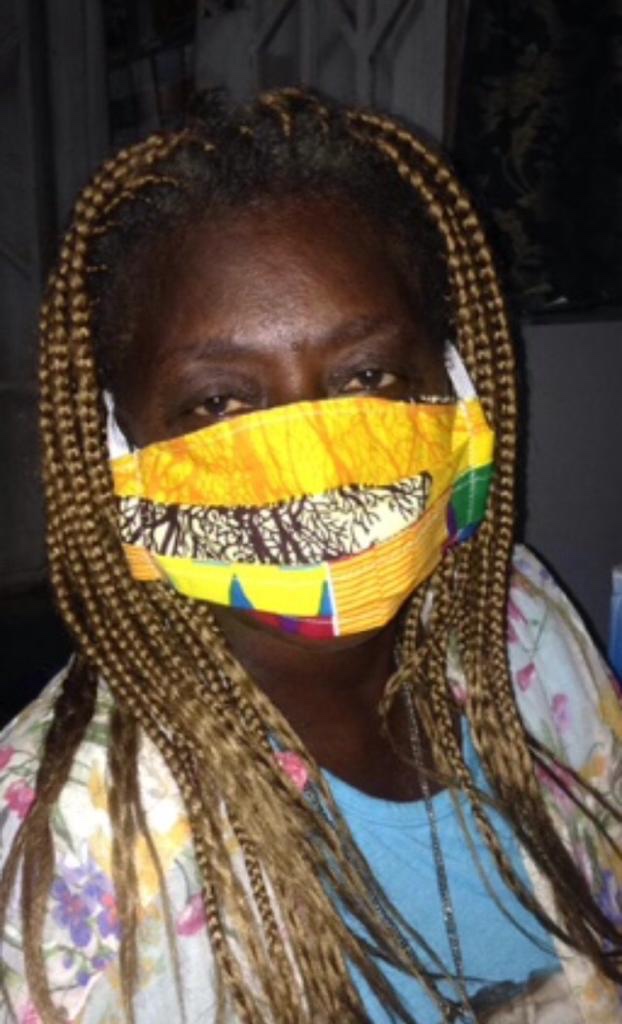
Here are some creations

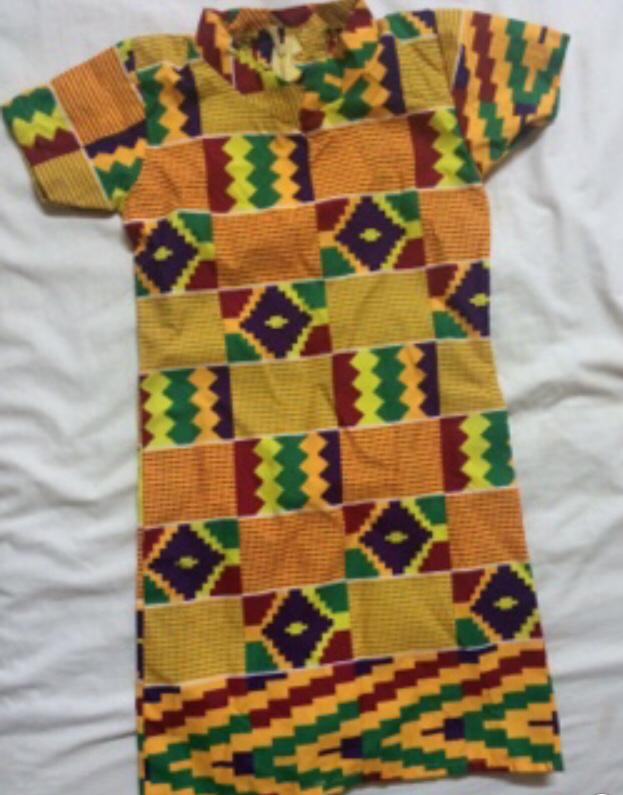
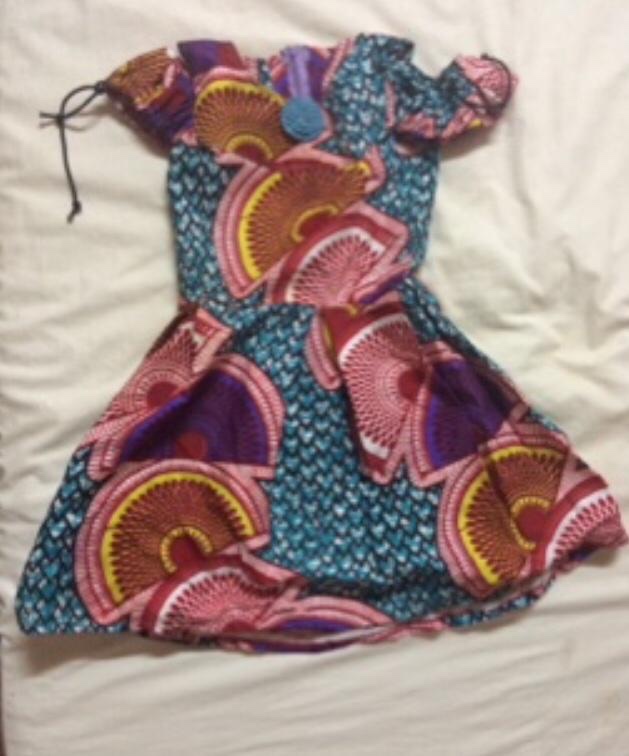
We’ve been interested in these fabrics for a long time.

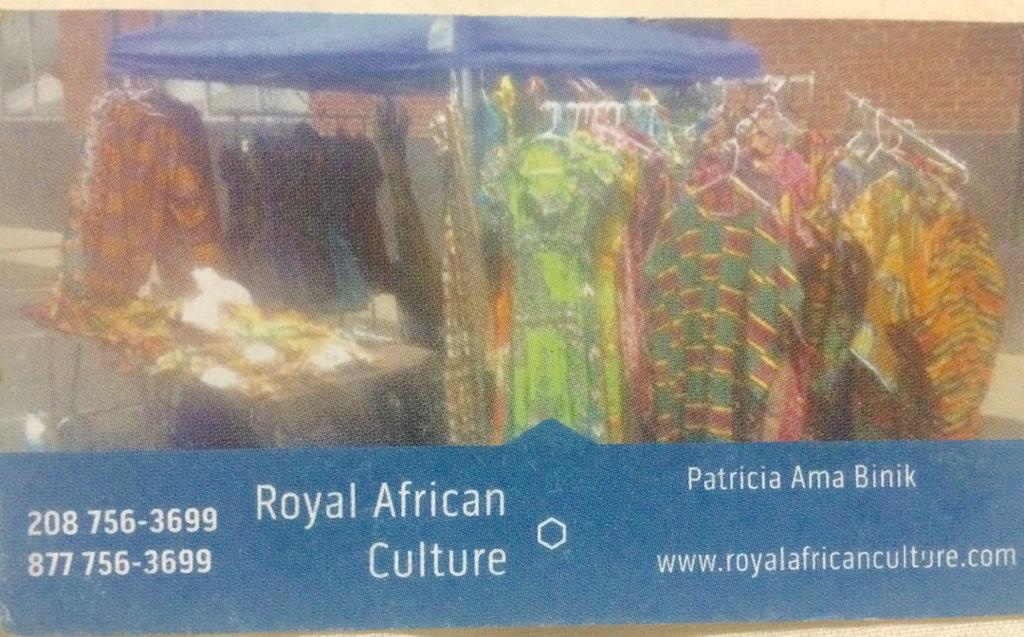
Here at Foxwear we offer custom sizing on every item, but if you haven’t been fitted for clothing before you may not have your measurements handy. Remember, sports clothing and casual clothing are fit differently. Note this when taking measurements for pants vs tights etc. Some measurements will be easier to take with a helper. If you have any questions about measurements, please send us an email or give us a call!
Sleeve/arm length: Continue reading How-To Measure Yourself for Garment Sizing

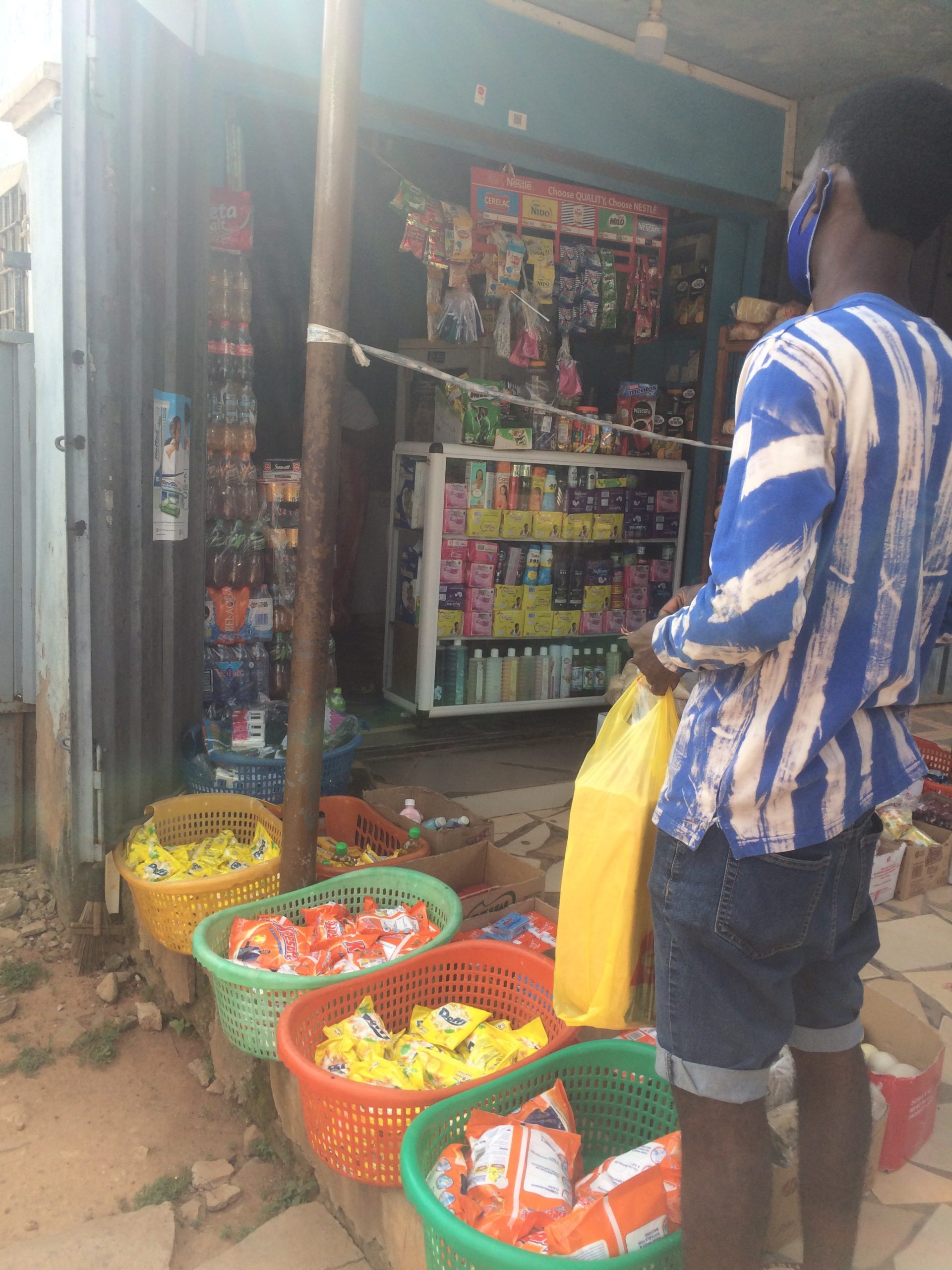

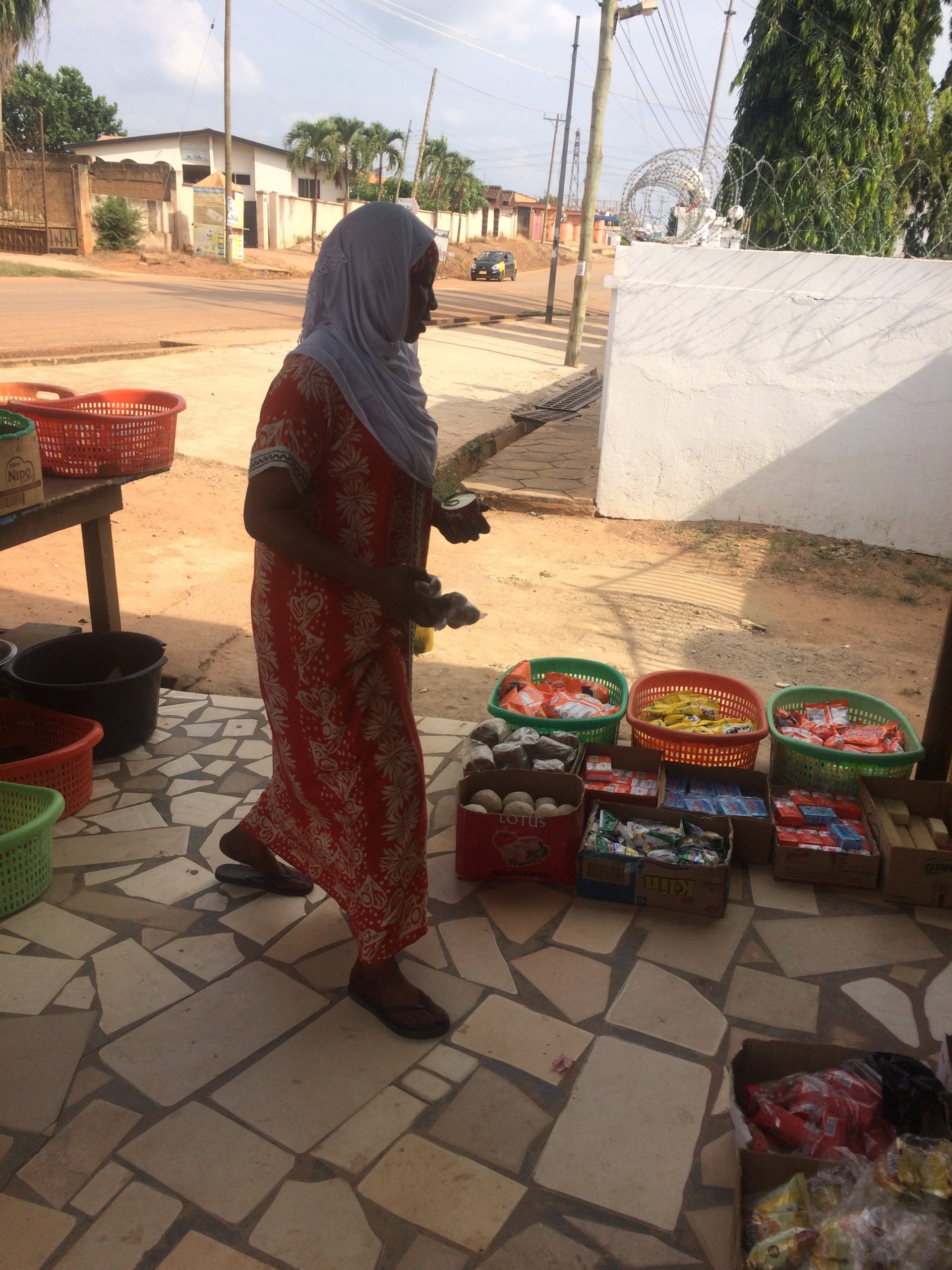


Now there are two new styles of Power Stretch fabric: Silkweight that makes 5 1/2 ounce tights and lightweight that makes 8 ounce tights
A Variety of Colors to Choose
And there is now a slate gray outer with polyester jersey on the inner side. This is not fleece but a tad warmer than the tricot nylon inner that NeoShell has been made of for most jackets and pants.
There’s thinner/stretchy or stiffer/less-stretchy both weighing the same. Size Medium jackets and pants weigh just over 1/2 pound each.
fabric and clothes made of African fabric
We use fabrics from Ghana and the Netherlands. Here is a good article on both called African fabrics recent history
www.nytimes.com/2012/11/15/fashion/15iht-ffabric15.html
Leaving the Kumasi, Ghana market after a successful day of selling, I walked into the path of another clothing manufacturer. After some talk we realized how much we had in common. From there it was the commitment of working together.
Now we design and sew clothes in America and visit Ghana and Holland often. You’ll see what also is made in the shop at thefoxwear.net
With a background strongly immersed in my Ashanti culture, I know how each African fabric pattern represents a part of life.
I’ve learned how to use industrial sewing machines for the clothes I make.
From working in business (Volvo) and selling at the biggest market in West Africa as well as the Missoula Montana People’s Market, I’ve learned how to give customers what they want.
Here you’ll see some of the fabrics and clothes we make – https://www.instagram.com/f.lou/
Dermizax – a different kind of membrane
Picture this: You’ve been lugging around a heavy pack for hours in the pouring rain, trying to make the most of the bad weather. And to your surprise, you notice that underneath your waterproof jacket it doesn’t feel like a sauna, even though you’ve been sweating like mad. How’s that even possible? Well, the jacket seems to be doing its job: protect you from the rain and wick moisture away – no matter the weather!
Dermizax was developed in Japan by the company Toray. Compared with other membranes such as Gore-Tex and eVent, this membrane boasts incredibly clever characteristics that really shine in functional outdoor clothing.
In contrast to several other membranes, the polyurethane Dermizax membrane is absent of pores, so there is nothing that could get clogged up. The fabric is “hydrophilic, which – simply put – means that there are tiny molecules with a strong affinity to water in the membrane that transport moisture to the outside. These hydrophilic molecules move more quickly through the membrane at higher temperatures, regardless of whether its the surrounding temperature or your body temperature that is high. So, if the humidity and warmth increases on the jacket’s interior, the difference between the inside and the outside temperature causes the molecules to transport more moisture to the outside.
Like all membranes – regardless of whether they have pores – if it weren’t for the difference in temperature, there wouldn’t be any breathability.
The nonporous construction serves to provide more breathability as the intensity of your movements increases and allows for more moisture and heat to be transferred to the outside. When you take breaks or are out on cold days when you don’t sweat as much, the membrane will keep you from getting cold because heat can’t escape through the pores. Thus, with a Dermizax membrane, you’re getting a membrane that is very variable in terms of its breathability. Another advantage of nonporous membranes is the fact that there aren’t any pores that can get clogged. The pores on conventional membranes are usually clogged by dirt or salts. The salts accumulate on the membrane as a result of our sweat and end up reducing its breathability.
Caring for the membrane is really easy as well. It doesn’t require any special detergent. Plus, you can wash Dermizax clothing as much as you want without diminishing its functionality in any way.
Another advantage of clothing with a Dermizax membrane is how it feels. The fabric is stretchable in all directions. So, not only is the fabric comfortable and robust, but it will also give you the mobility you need for outdoor activities. In fact, the membrane can stretch up to 200% in all directions without you having to worry about it getting damaged.
Thanks to the very thin and soft membrane, garments with a Dermizax membrane feel great against the skin – a tangible plus in terms of comfort.
Dermizax is now being used by a wide array of outdoor clothing brands. The very well-known Scandinavian outdoor company Bergans of Norway loves Dermizax! The Scandinavians place much more emphasis on the functionality and reliability of membrane than marketing. Plus, you can be sure that whatever material is capable of withstanding the harsh conditions of Norway will be perfectly suited to meet the requirements of your outdoor adventures.
Lightweight Power Wool shirts in colors that are a tad warmer than Power Dry. $35
Power Wool for shirts is different from Power Wool for tights. The tights fabric is warmer and stretchier.
heather gray
denim jeans shade of blue
green
pumpkin
grape